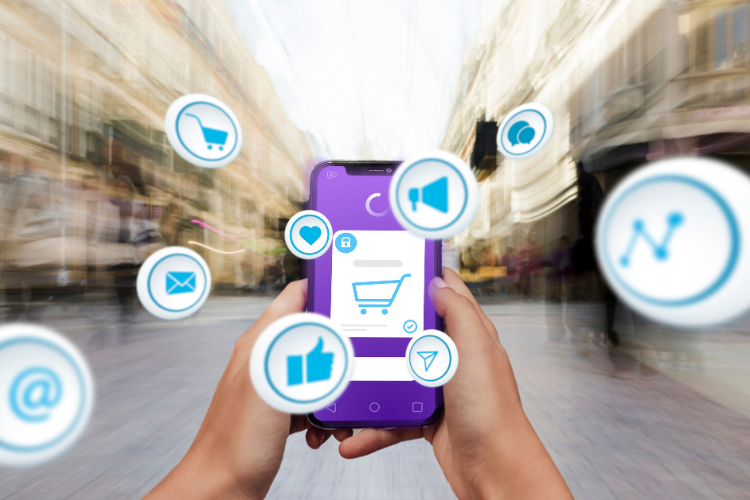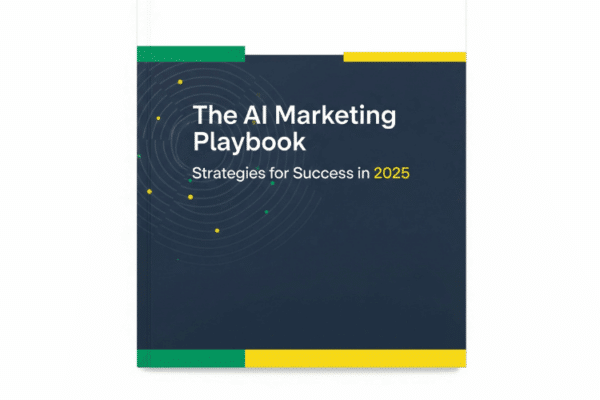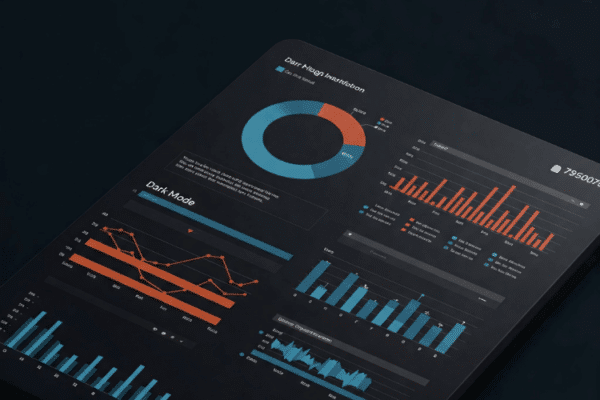Meta Sales Campaigns: An Experience-Based Guide for E-commerce
Meta Sales Campaigns: An Experience-Based Guide for E-commerce
Meta Sales Campaigns are a powerful tool designed for e-commerce businesses to leverage the vast user base of Meta platforms (Facebook, Instagram, etc.) to directly increase sales. These campaigns encourage potential customers to complete specific actions, like making a purchase, on your website or app. Unlike traditional marketing, Meta Sales Campaigns enable precise targeting of the right audience, efficient use of the advertising budget, and performance optimization through automation tools. This guide will offer experience-based insights on creating and managing e-commerce-focused Meta Sales Campaigns.
Target Audience

The success of Meta Sales Campaigns depends on reaching the right people with your ads. Meta Ads Manager offers detailed targeting options based on demographics (age, location), interests (shopping habits, brand preferences), and behaviors (past purchases). Custom Audiences, crucial for e-commerce, allow you to retarget individuals who have previously interacted with your business, such as website visitors, those who added items to their cart, or existing customer lists. Lookalike Audiences help you find new potential buyers who resemble your best existing customers. The Advantage+ Audience option allows Meta’s machine learning to automatically find the most suitable audience for you. Paying attention to the following when creating your audiences will help you use your budget effectively:
- Clearly separate your e-commerce target audiences like addtocart and view item with distinct boundaries.
- Exclude your remarketing audience from your New User audiences.
- Test your New User audiences with ADV+ (Advantage+ Audience) turned on and off.
- Test your relevant target audiences with Advantage Detail Targeting turned on and off.
- Create your ADV+ audiences after defining your original target audience using the “revert to original audience options” feature.
E-commerce Conversions

Under the “Sales” objective in Meta, there are two main campaign types for e-commerce: Conversions and Catalog Sales. Conversion campaigns guide users to complete specific actions on your website, like purchasing, adding to the cart, or filling out a form, and optimize by tracking these actions via Meta Pixel/CAPI. Catalog Sales campaigns are ideal, especially for e-commerce sites with numerous products; they use an uploaded product catalog to dynamically show personalized product ads based on the user’s past behavior. This is particularly effective for retargeting website visitors or those who abandoned their carts. You can achieve a high ROI by paying attention to the following points when setting up e-commerce conversions:
- Feed the system with as many data sources as possible: GA4 integrations, Adjust, Appsflyer, Conversion API, web pixel, and third-party sources.
- Use the same events for App-Web conversions without separating them.
- If your CPA costs for Purchase conversions are very high, you can select the event one step lower in the funnel as your conversion goal.
- Observe how many view item events lead to a purchase and how many addtocart events lead to a purchase.
- Observe how many reaches lead to a purchase and how many impressions lead to a purchase.
Sales-Driving Creatives
In e-commerce sales campaigns, your ad creatives (images, videos, texts) need to instantly grab users’ attention and persuade them to buy. Use high-quality, professional images and videos. Prefer vertical formats for content consumed primarily on mobile devices and deliver your message within the first few seconds. Your ad copy should be short, clear, and benefit-oriented, highlighting how the product solves the customer’s problem. Use strong, clear Calls to Action (CTAs) like “Shop Now”. Considering the following points when creating your creatives will help you use your budget effectively:
- Gather creatives from the market using tools like Facebook Ad Library and Semrush Ad Clarity.
- Selecting common elements and words found in market creatives will give you an edge in AI learning.
- Prepare video content that is a maximum of 10 seconds long.
- Determine the neuro-marketing approach suitable for your brand. Test the creatives your audience responds to most. Continue your ads with those.
- Keep variations of the creative you use to avoid creative fatigue warnings.
Continuous Optimization and the Path to Success

Unlocking the true potential of Meta Sales Campaigns is possible not just through correct setup, but also through continuous optimization. Regularly testing and analyzing your defined audience segments, conversion funnel, and creative strategies is critically important. Use the data you gather to refine your targeting, direct your budget to the best-performing areas, and keep your creatives fresh. Remember, the e-commerce world is dynamic, and Meta platforms are constantly evolving; therefore, being flexible, making data-driven decisions, and continuous learning are the keys to sustainable sales success with Meta ads.









